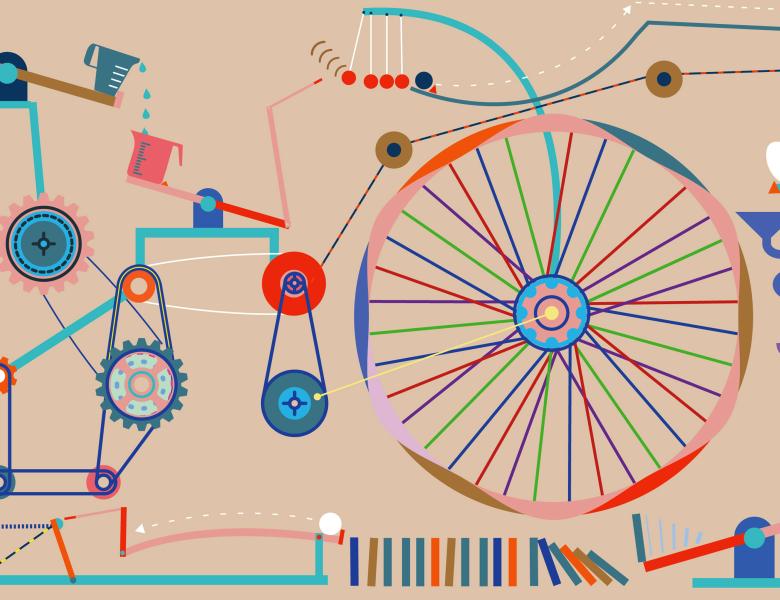
Abstract
This lecture will introduce Bayesian networks and their causal interpretation as causal graphical models, d-separation, the do-calculus, and the Shpitser-Pearl ID algorithm. We'll start by introducing Bayesian networks, causal graphical models, and interventions. We'll then show that two Bayesian networks with the same skeletons and v-structures represent the same conditional independence assumptions and prove that the d-separations present in any Bayesian network exhaust all the conditional independence assumptions that are guaranteed to hold in any distribution that factorizes according to that network. We then turn to causal models and introduce the do-calculus. We show the soundness of each of the rules of the do-calculus. Finally, we describe the Shpitser-Pearl algorithm for identifying causal effects in semi-Markovian models and, time-permitting, prove that the ID algorithm is complete for identifying causal effects; that is, a causal effect is identifiable if and only if the ID algorithm terminates successfully.


